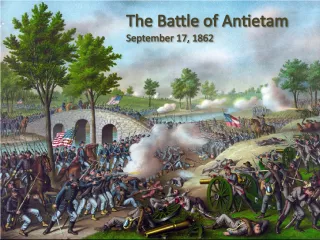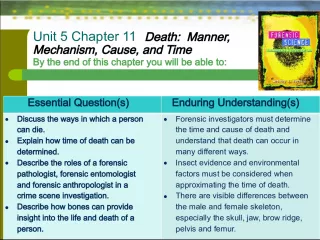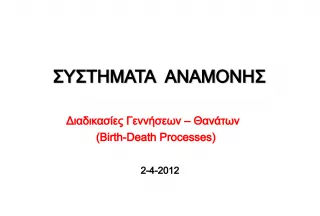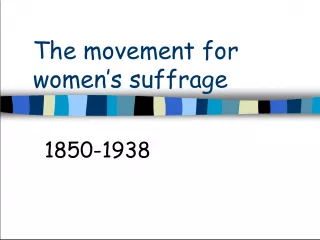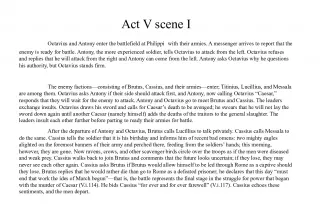Death and Warfare: The Brutality of Battle
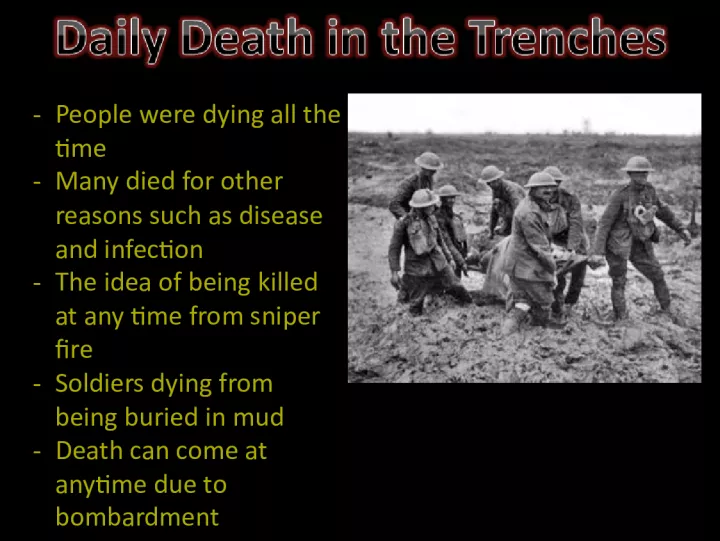

Soldiers faced death from disease, infection, sniper fire, mud, and bombardment. Boredom and lack of sleep plagued their daily existence, leaving little time to write to loved ones. Fighting was largely done at night, adding to the constant threat of death.
- Uploaded on | 0 Views
-
 davidwilson
davidwilson
About Death and Warfare: The Brutality of Battle
PowerPoint presentation about 'Death and Warfare: The Brutality of Battle'. This presentation describes the topic on Soldiers faced death from disease, infection, sniper fire, mud, and bombardment. Boredom and lack of sleep plagued their daily existence, leaving little time to write to loved ones. Fighting was largely done at night, adding to the constant threat of death.. The key topics included in this slideshow are . Download this presentation absolutely free.
Presentation Transcript
Slide2-People were dying all the time - Many died for other reasons such as disease and infection - The idea of being killed at any time from sniper fire - Soldiers dying from being buried in mud - Death can come at anytime due to bombardment
Slide3-Due to the fact there were snipers and lookouts, most of the fighting was done during the night - Very small amount of time to sleep - Very small amount of time to write to their families - Massive boredom when hiding out from bombardments. Sometimes for days.
Slide4-Every single soldier was given chores after battle - The chore included refilling sandbags, fixing floorboard and making/cleaning outhouse - Very disgusting jobs - Dealing with violence and death then also having to deal with dirty chores
Slide5- Rat infestation was in themillions - Eating the remains of the soldiers - Growing up to the size of cats - Soldiers tried to club and shoo the rats but it made little difference - Also spreading disease to soldiers - 2 rats can have 900 offspring in a year
Slide6-Soldiers clothes always had lice. Even after washing they would remain because of the lice eggs - Lice infestation caused trench fever. Extreme pain cause by high fever - If you wanted to be cured you must leave for 12 weeks - Frogs, slugs and beetles also in trenches. Soldiers shaved heads to get rid of nits - Water that was in the trenches. TRENCH FOOT HAPPENED. - In 1915 trench conditions got better so many of these problems went down - Trench foot occurred after an excessive amount of time passed with wet/damp feet. The foot basically rotted away because of fungus growth on the foot
Slide7-Process can take hours and very tiring because of the long connecting trenches and the stuff they brought with them - After fighting in the trenches (sometimes for weeks on end) the soldiers had to go through miles of trenches to get some rest “Patriotism, in the trenches, was too remote a sentiment, and at once rejected as fit only for civilians, or prisoners. A new arrival who talked patriotism would soon be told to cut it out.” – Robert Graves
Slide8-Rotting corpses were rotting inside and around the trenches - People in the battle field were buried in shallow graves - Over flowing “bathrooms” - Feet gave off the worst order (trench foot) - Trenches also smelt like many chemicals , such as lime - Lingering orders of gases, rotting sand bags, cigarettes, food being cooked, stagnate mud - Most new comers couldn’t take the smell but most men got used to it
Slide9-Stand to, go to the brim of the trenches and stand guard for an hour waiting to see if a raid was coming. Shoot sporadically. - Rum rations. Given out in the morning and before battle to make the troops less nervous and more “courageous” - Soldiers hated their mornings and the monotonous daily routine
Slide10-Assigned assignments to the troops such as cutting or repairing barbed wire - HAD TO BE QUIET - If you meet the enemy in No Mans Land you had to engage in hand to hand combat or leave each other alone. If you shot your gun, machine guns from both side would fire on you.
Slide11-Surprise attacks created much activity during the night - Many men would be put on the front line and other for maintenance - Century duty was for two hours. If you fell asleep you would have probably been executed
Slide12-Shell shock was used to describe physiological trauma that soldiers endured through WWI - Often cause neurotic cracks to appear in normal soldiers - At first it was thought to come from many shell blasts to the brain or from monoxide poisoning - Panic attacks which caused them to flee the battlefield - Often the soldiers would shake uncontrollably - Now is referred to as Post- traumatic stress disorder What does Shell Shock look like?
Slide13World War One Video
